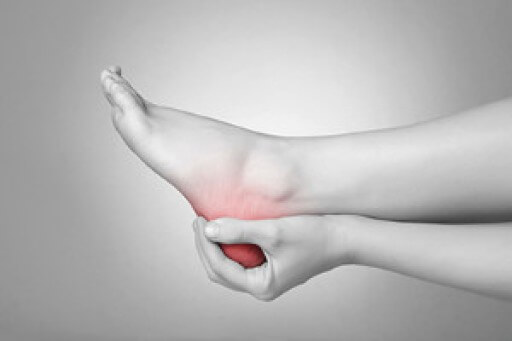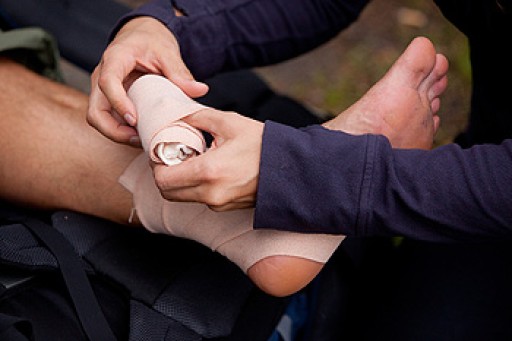 The importance of taking the necessary steps to prevent running injuries may not be known by everyone, however, it is often recognized among people who enjoy running as a sport or hobby. Firstly, it is beneficial to practice strength training for the whole body and this may aide in the prevention of painful injuries. Performing single-leg exercises can help to improve balance and stability, in addition to practicing squats and deadlifts. Secondly, the recovery process is just as important as running and performing strength exercises. Proper recovery can help prevent damage to the bones and muscles. If you are experiencing a sharp or stabbing pain you shouldn’t run that day. If you feel slightly sore you can still run, but it is suggested to shorten the distance originally planned. To add variety to the repetitive nature of running, rotate two or more pairs of running shoes to subtly alter your biomechanics. If you would like more information about running injuries and how to prevent them, please speak with a podiatrist.
The importance of taking the necessary steps to prevent running injuries may not be known by everyone, however, it is often recognized among people who enjoy running as a sport or hobby. Firstly, it is beneficial to practice strength training for the whole body and this may aide in the prevention of painful injuries. Performing single-leg exercises can help to improve balance and stability, in addition to practicing squats and deadlifts. Secondly, the recovery process is just as important as running and performing strength exercises. Proper recovery can help prevent damage to the bones and muscles. If you are experiencing a sharp or stabbing pain you shouldn’t run that day. If you feel slightly sore you can still run, but it is suggested to shorten the distance originally planned. To add variety to the repetitive nature of running, rotate two or more pairs of running shoes to subtly alter your biomechanics. If you would like more information about running injuries and how to prevent them, please speak with a podiatrist.
All runners should take extra precaution when trying to avoid injury. If you have any concerns about your feet, contact the podiatrists of Boston Common Podiatry. Our doctors will treat your foot and ankle needs.
How to Prevent Running Injuries
There are a lot of mistakes a runner can make prior to a workout that can induce injury. A lot of athletes tend to overstretch before running, instead of saving those workouts for a post-run routine. Deep lunges and hand-to-toe hamstring pulls should be performed after a workout instead of during a warmup. Another common mistake is jumping into an intense routine before your body is physically prepared for it. You should try to ease your way into long-distance running instead of forcing yourself to rush into it.
More Tips for Preventing Injury
- Incorporate Strength Training into Workouts - This will help improve the body’s overall athleticism
- Improve and Maintain Your Flexibility – Stretching everyday will help improve overall performance
- “Warm Up” Before Running and “Cool Down” Afterward – A warm up of 5-10 minutes helps get rid of lactic acid in the muscles and prevents delayed muscle soreness
- Cross-Training is Crucial
- Wear Proper Running Shoes
- Have a Formal Gait Analysis – Poor biomechanics can easily cause injury
If you have any questions, please feel free to contact our office located in Boston, MA . We offer the newest diagnostic and treatment technologies for all your foot care needs.

















